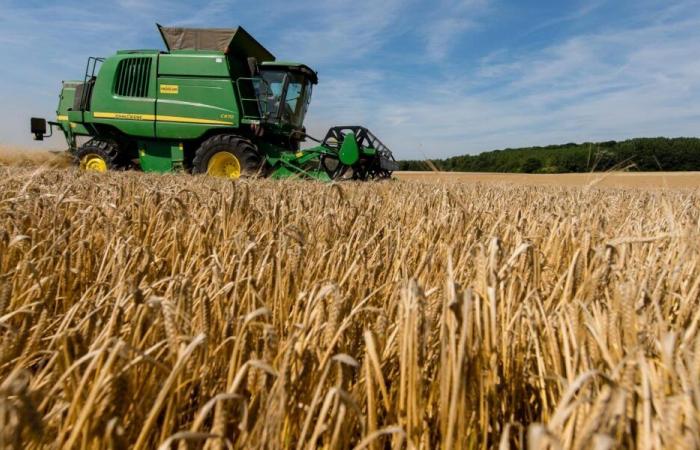The harvest of the main cereals should reach 44 million quintals (MQX) under the agricultural campaign 2024-2025, up 41% compared to the previous campaign, said on Monday in the House of Representatives, the minister of Agriculture, Maritime Fisheries, Rural Development and Water and Forests, Ahmed El Bouari.
In response to questions about the current agricultural campaign, El Bouari said that the agricultural sector should display growth of 5.1%, after having dropped a 4% drop in the past year.
As for the precipitation recorded, the minister said that they improved from last March, reaching a 295 mm accumulation until April 29, a decrease of 20% compared to a normal year, but an increase of 15% compared to the previous agricultural campaign.
It also reported an increase in the deductions of damage to agricultural use at 5.31 billion cubic meters, compared to 4.38 billion cubic meters during the past campaign, i.e. a filling rate around 38%.
Furthermore, Mr. El Bouari stressed that around 740,000 quintals of selected seeds of autumn cereals were marketed (+10%), that 1.3 MQX of nitrogen fertilizers were subsidized for the benefit of 78,000 beneficiaries and that 661,000 hectares of cereal, legumes and oleaginous crops were ensured.
He noted that the area embedded in large autumn crops amounts to 3.11 million hectares, including 10% irrigated, divided between 2.6 million hectares of cereals, 400,000 hectares of fodder crops and 100,000 hectares of legumes.
Regarding spring cultures, the minister noted that they cover around 158,000 hectares, divided between corn (47%of the total area), followed by chickpea (35%), then sunflower (13%), while the area sown in dry beans represents almost 5%.
As for sugar cultures, Mr. El Bouari said that this campaign has experienced a qualitative jump, with a surface area strewn in sugar beets of more than 35,000 hectares, and the plantation of 1,155 hectares of sugar cane.
In addition, the Minister said that 91% of the program planned for fall vegetables was carried out, around 97,000 hectares, while the area made for winter vegetables amounts to 65,000 hectares, representing almost 90% of the established program.








